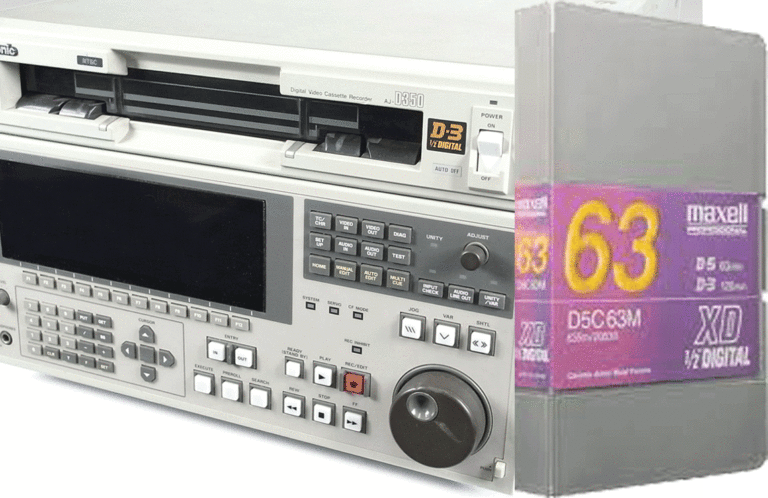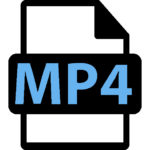D3 Tape
D3 TAPE TRANSFER
Call us about bulk discounts. All work done in house.

VIDEOLAB SOLUTIONS has the high-end decks to playback and transfer D3 tapes to mp4, Apple ProRes, DVD, and Blu-ray.
DIGITAL DOWNLOAD

Transfer to Icloud
- Comes pre-loaded with all your digitized memories
- Makes a great family gift or extra copy
- Easy plug & play for computer viewing, editing, or sharing
USB Thumb Drive

Transfer to USB/Hard Drive
- Quickly download everything to your computer or hard drive
- Secure cloud storage, perfect for safekeeping and easy access
- Easily view, share
- Includes digital download and cloud access for 1 year. Renew any time
DVD
Transfer to DVD
- Comes pre-loaded with your digitized memories
- Great for archiving
- Makes the perfect gift
- Easy viewing on most TV or computer with DVD port
Every video and image that we transfer is securely backed up for 90 days after your order is completed
D-3 uses half-inch metal particle tape at 83.88 mm/s (compare to D-2’s 19 mm and 131.7 mm/s). Like D-2, the composite video signal is sampled at four times the color subcarrier frequency, with eight bits per sample. Four channels of 48 kHz 16–20 bit PCM audio, and other ancillary data, are inserted during the vertical blanking interval. The aggregate net (error corrected) bitrate of the format is 143 Mbit/s, and because the codec is lossless, it has been used in data applications.
Camcorders were available which used this format, and are to date the only digital tape camcorders to use a lossless encoding scheme. The D-5 format, introduced in 1993 by Panasonic and marketed as D-5 HD, uses the D-3 transport and tape running at roughly double D-3 speed. The D-3 transport in turn is derived from the MII transport. D-3/D-5 tapes come in small (161 mm × 96 mm × 25 mm), medium (212 mm × 124 mm × 25 mm), and large (296 mm × 167 mm × 25 mm) cassettes, with format-specific recognition holes. Maximum D-3 runtimes (in the Fujifilm lineup) are 50, 126, and 248 minutes.
The D-3 format is now regarded as obsolete. In the early 1990s the BBC embarked on a massive project to copy its older video tapes onto D-3 for archival, but the D-3 cassettes themselves have become obsolete and are being transferred to modern digital video standards. There is doubt[1] over whether the surviving D-3 machines will last long enough to play the 340,000 tapes that the corporation holds.[2]


